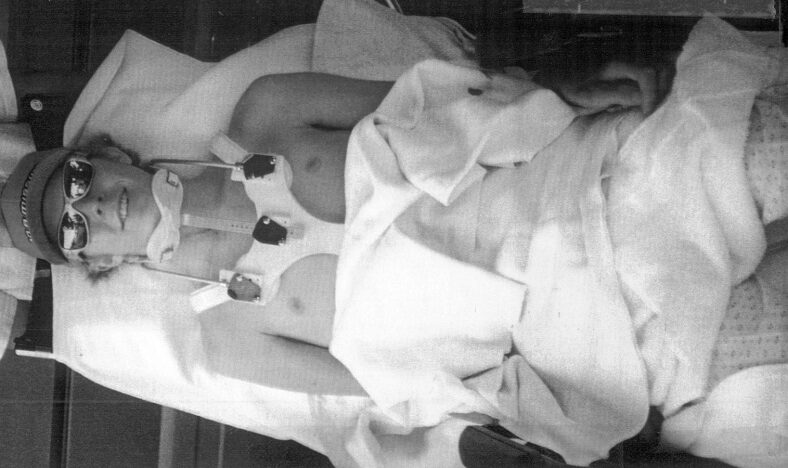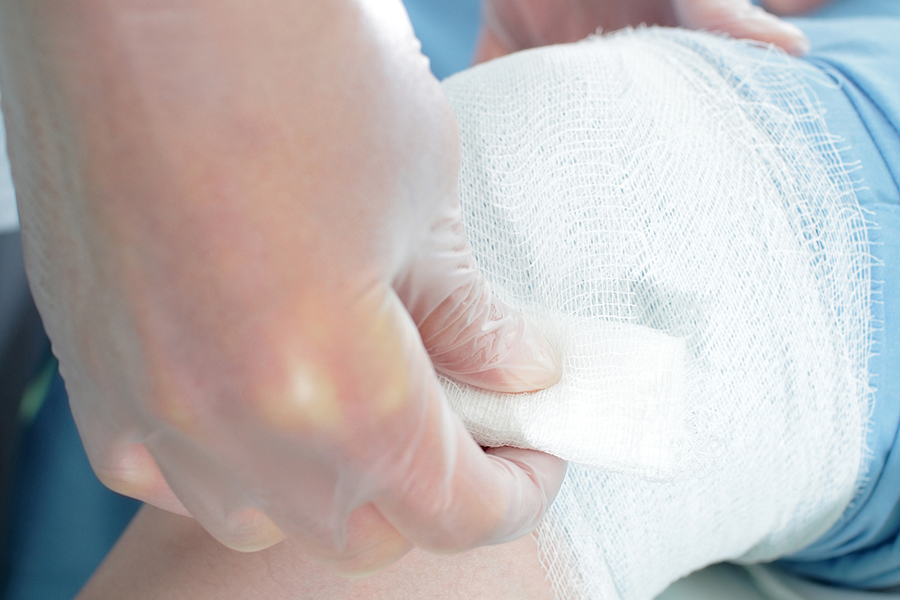Identify: Choosing the Right Male External Catheter
Male external catheters (MECs) are used by men with temporary to chronic urinary incontinence as a better lifestyle alternative to invasive indwelling Foley catheters or incontinence products such as liners, pull-ups and diapers. Some indications for use are prostatectomy recovery, reflexive voiding due to spinal cord injuries, decreased mobility and unmanageable urinary frequency or urgency.
The most popular male external catheters are self-adhesive latex and silicone that can be used up to 24 hours or more before replacing. MECs should be removed daily for cleansing and skin inspection. To differing degrees, all MECs allow for moisture vapor to pass through, helping the skin to stay dry and healthy.
Latex and Silicone Self-Adhesive MECs
Latex is a natural rubber material which is very soft and flexible. Silicone is a synthetic compound with rubber-type characteristics that is proven to be useful for medical applications. Self-adhesives used in Latex and Silicone MEC’s secure and bind well to human skin. Compared to old-fashioned MECs held on with foam tape, the binding properties of the self-adhesives decrease the chances of it coming off and provide for a more comfortable fit.
Sizing Importance
Sizing is important to prevent leakage and/or skin damage. Leakage may result if the catheter is too loose, but constriction may occur if too tight. MECs are flexible and offer a snug but not overly tight fit. To get the right fit, measure the circumference of the penis with a size guide or metric measuring tape. The penis should be measured in its relaxed flaccid state at the widest spot.
If the measurement ranges between two sizes, the smaller sized MEC will most often be more comfortable and work better. The larger of the two sizes may become loose and come off or allow urine leakage leading to skin damage and complications over time. Conversely, a size that is too small and tight can cause constriction, restriction of blood flow or obstruction. It may take some trial and error to find the size that works best.
Resolve: Treating Common Skin Complications
Complications with male external catheters are commonly caused by user error and include: allergic reactions, redness, itching, swelling, skin tears, maceration (softening of the skin tissue when soaked in liquid), loss of oxygen to the tissue, a buildup of bacteria or a urinary tract infection.
Treatment of Latex Skin Allergy
Any sort of rash or infection with unknown causes deserves medical attention by a health care provider. An examination by a licensed medical professional will help determine whether the reaction is due to latex allergy or another cause. Latex allergies can come on as delayed hypersensitivity, which is most often seen as a rash where latex has touched skin.
There are no procedures to desensitize people with latex allergies. Treatments of latex allergy reactions include the use of antihistamines, adrenaline, and steroids.
Treatment of Skin Tissue Complications
When skin complications occur, it is important to correct them before more serious skin problems arise. As with any complication, it is best to consult a healthcare professional for advice. For minor issues such as redness, itching or swelling, it is suggested to stop using MECs until the skin returns to its normal state. This same course of action for a longer period of time is recommended for maceration and loss of oxygen to the tissue. If the patient and/or doctor has decided to stop using male external catheters until the skin is fully healed, Foley catheters or incontinence products such as pull-ups or male guards can be used in the meantime. If skin tearing occurs, consult a physician immediately for treatment and a treatment plan.
Prevent: Preventing Skin Damage from Male External Catheters
The best way to prevent skin damage when using male external catheters is to use them properly. There are basic guidelines for preparation, application and removal that can be followed to best preserve the skin and prevent complications.
1. Preparation
Reduce the amount of pubic hair that will interfere with the application of the MEC or use a hair guard. It is recommended to trim pubic hair instead of shaving to avoid skin irritation and accidents. Avoid the use of moisture barrier creams and all other ointments that may interfere with the MEC’s adhesive. Wash the penis thoroughly with soap and water, being careful not to get soap inside the penis which can cause irritation or pain. Dry completely before proceeding to apply a new MEC.
2. Application
Proper application of the male external catheter will prevent problems that may lead to skin damage. Washing hands thoroughly before application helps to reduce the risk of urinary tract infections. When applying the MEC, leave a small space between the drainage port and the tip of the penis to allow for changes in size.
3. Removal
Apply a warm, wet washcloth to the outside surface of the MEC for easier, gentle removal. After detaching the MEC from the urine collection system, carefully roll the catheter off and inspect skin for irritation. Cleanse thoroughly with soap and water.
For more information, see related articles and male external catheter resources here:









 I have a trip coming up and I am having trouble envisioning how I can safely and hygienically self-catheterize in a typical men’s restroom stall.
I have a trip coming up and I am having trouble envisioning how I can safely and hygienically self-catheterize in a typical men’s restroom stall.







ive being useing these for years and some times skin is sore or very itchy ive being useing depends as my back up until skin heals usaly 2 days i dislike gauards as they stink where as exturnal cathears dont thanks for the read